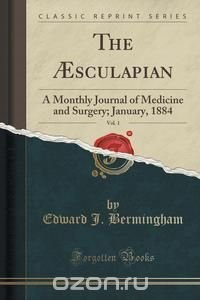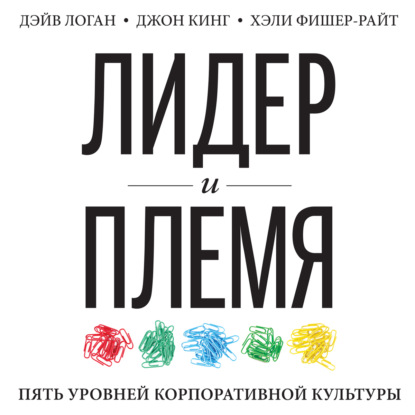Excerpt from The ?sculapian, Vol. 1: A Monthly Journal of Medicine and Surgery; January, 1884
If the position taken in the preceding lecture is correct - viz., that syphilis is the result of undue proliferation of germinal cells, brought about by the influence of a syphilitic cell or disease-germ, which has been brought in immediate contact with a healthy germinal cell, then all syphilis must be attributed to a similar cause. There must always be a syphilitic disease-germ to initiate the disease. The different modes through which contact, initiating the disease in adults or children, is effected, has already been explained. Syphilis in infants cannot differ from this, except so far as the disease is modified by the immature tissues in which the disease is developed. In this view, strictly speaking, there can be no such thing as hereditary syphilis. The treatment of syphilis of infants must be based on the same principles as that for adults. If, as has been shown by citation of numerous instances, notably by results of the recent extensive observation of M. Fournier and others - the infectious property of syphilis is self-limited and does not continue beyond a period of three or four years, all cases of transmitted syphilis beyond such period, whether by immediate contact or through alleged hereditary influence, becomes impossible. If it can be shown that no well-authenticated case of transmission of syphilis has occurred.beyond a period of three or four years, as has been claimed, then an hereditary influence extending through generations cannot be accepted. The necessities for the production of syphilis require for its initiation a disease-germ of syphilis. The development of the disease, following its contact with healthy cell elements, is well understood. A certain definite course in its progress is recognized as necessary in all cases. A stage of proliferation with contagious non-destructive lesions - the so-called primary and secondary periods. Then a stage of accumulation of lymphatic elements: non-contagious, but which produce destructive lesions through mechanical interference with processes of nutrition. In order, therefore, to the production of the disease in the adult, in the infant, or in the embryo, the infecting cell of syphilis must first be brought in contact with healthy cell material. No mysterious hereditary influence is necessary, or can be admitted. If the disease-germ of syphilis by direct contact with external parts or through its amoeboid power, traversing tissue reaches healthy cell material, whether in the adult, the infant, or the embryo, then the syphilitic influence is directly transmitted, and its development must be governed by the same laws that characterize its progress in the known behavior of the disease in the adult, modified to a greater or less extent by the age and degree of stability of the tissues in which the disease is developed. First, the localized proliferation and accumulation of cell material not necessarily destructive; second, accumulations of cell material which induce destructive action through interference with processes of nutrition. In this way it will be seen that syphilis in the embryo, syphilis in the infant, syphilis in the adult, are the legitimate result of similar - in point of fact identical, processes - producing results which, while apparently differing in many respects, may yet be explained in complete harmony with the known behavior of syphilitic disease in the adult.
About the Publisher
Forgotten Books publishes hundreds of thousands of rare and classic books. Find more at www.forgottenbooks.com Это и многое другое вы найдете в книге The ?sculapian, Vol. 1 (Edward J. Bermingham)















